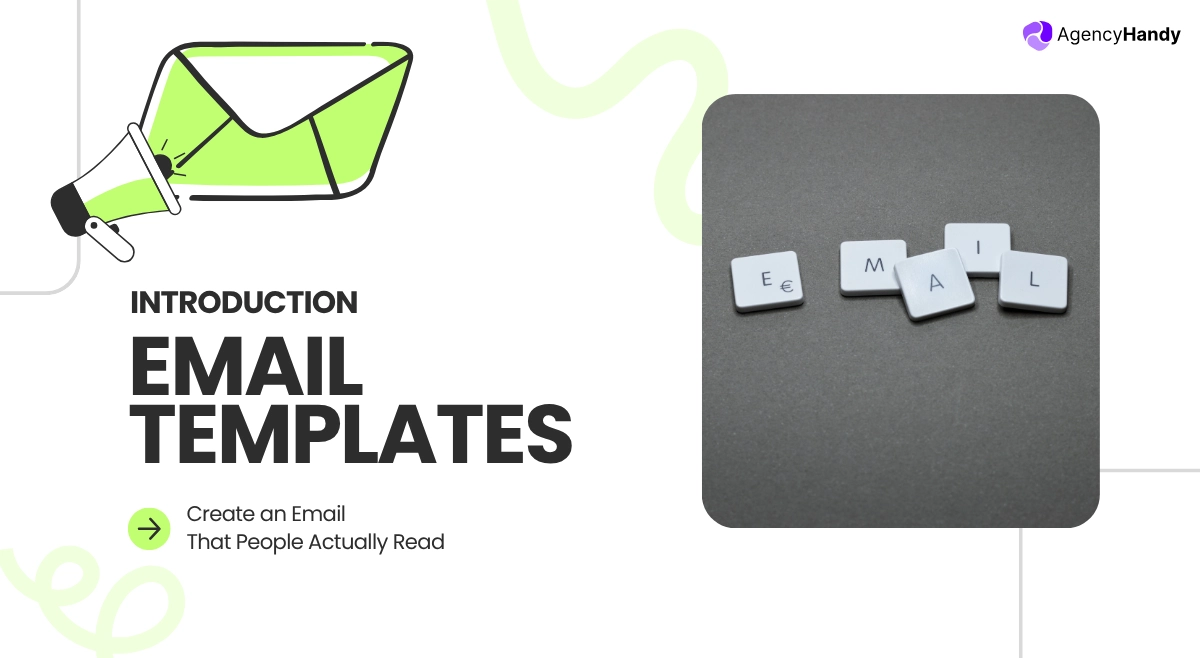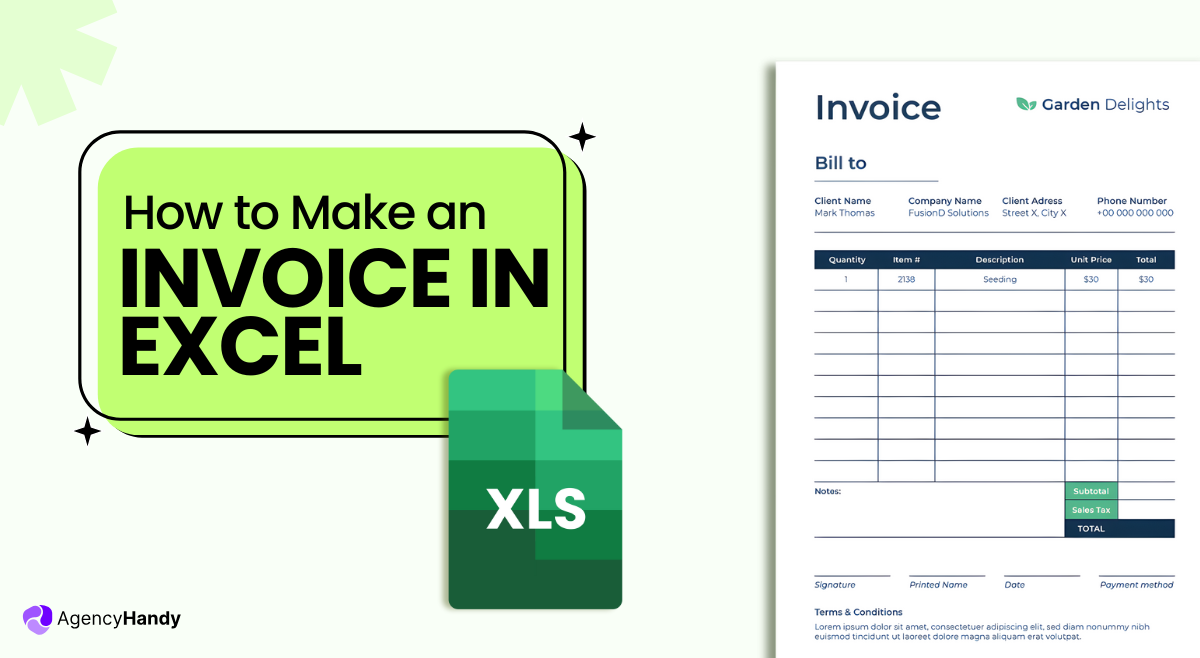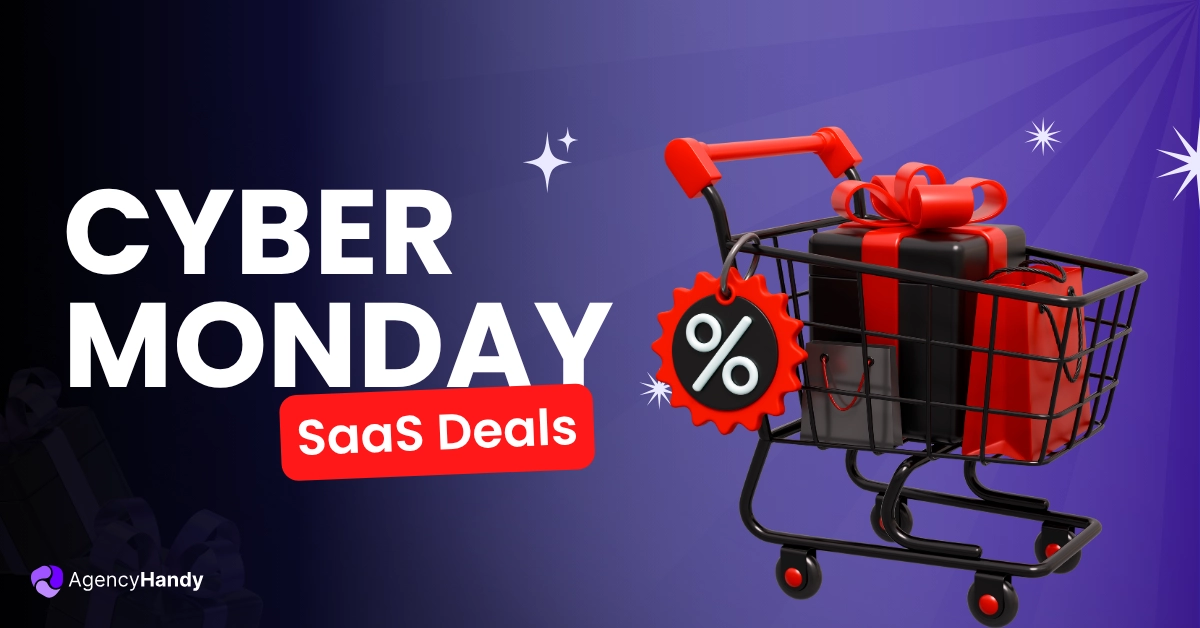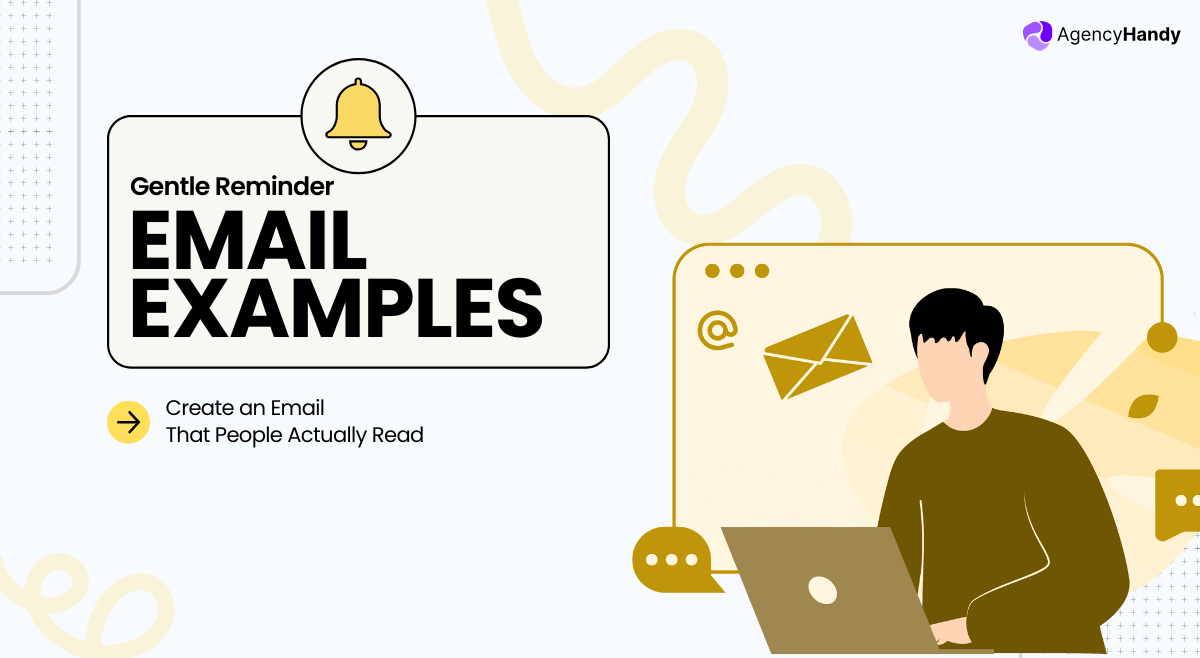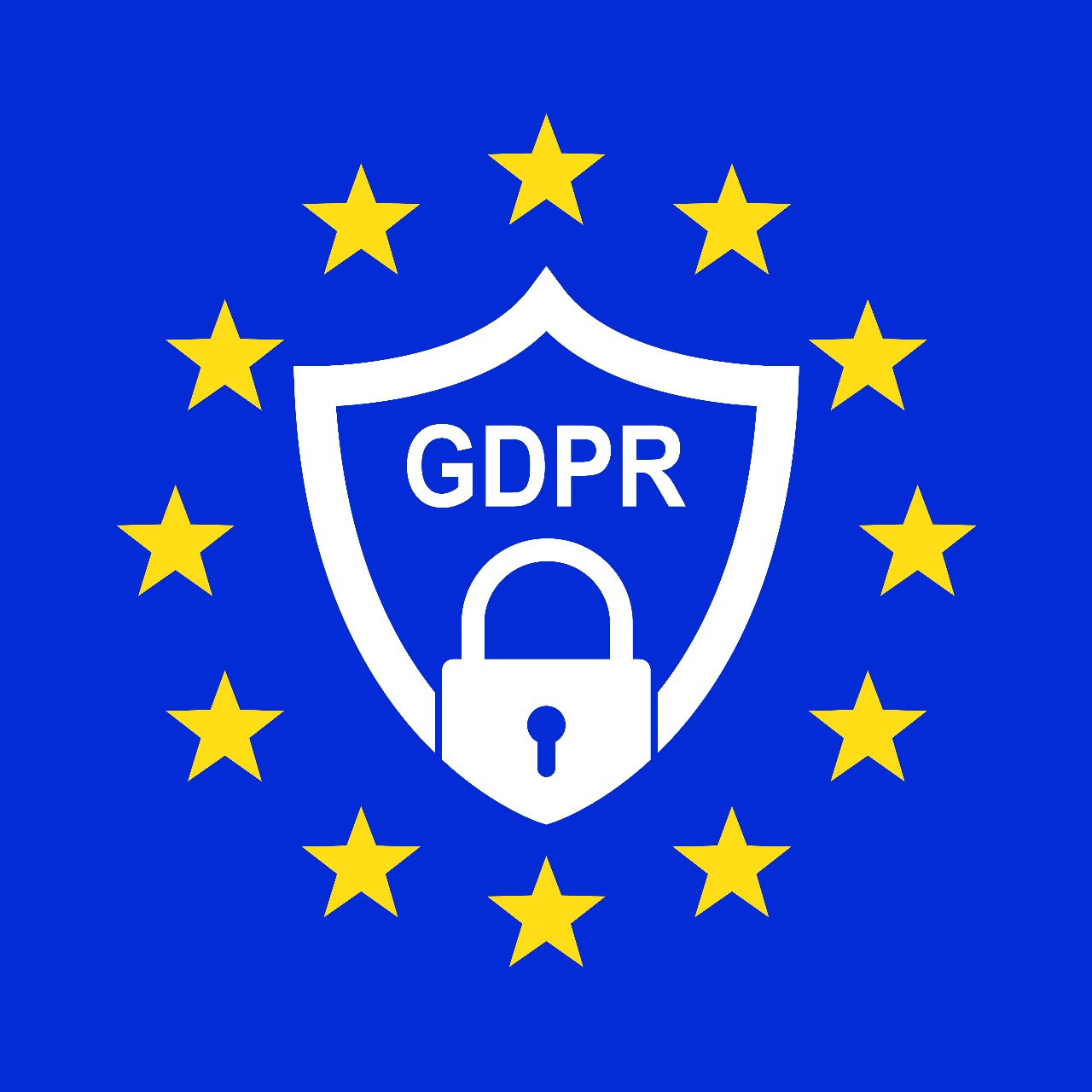Your email is sitting in an inbox next to 15 others that look exactly like it. The person reading decides in 2.3 seconds whether yours is worth their time.
In that blink, they’re scanning—not reading. They’re looking for clear structure, bold key points, and a reason to care. If they have to work to understand what you want, they won’t.
When you follow a few proven principles, your response rate can jump from 5-8% to 25-30%. We’ve created 9 introduction email templates for different scenarios. Use them, customize them, and start getting replies instead of silence.
9 Customizable Introduction Email Templates
Whether you work as a freelancer or in an office, you will find the right introduction email for your purpose. You have to customize the email you want to use.
1. Cold Email Introduction Template for Potential Clients
Subject: Quick idea for [their company/recent project]
Template:
Hi [Name],
I saw [specific thing they did—product launch, article, recent hire]. The [specific detail—”your new AI-powered search feature” or “announcement about expanding to Europe”] caught my attention because [genuine reason].
I work with [type of companies—”B2B SaaS startups” or “DTC e-commerce brands”] to [specific outcome—”reduce churn by 30%” or “automate email workflows”]. For example, I helped [Company] increase [metric] by [%] in [timeframe].
I noticed [observation—”your checkout has no social proof” or “you’re hiring three SDRs”] and had a thought. Open to a 15-minute call?
Best,
[Your name]
Why this works: Shows research, leads with value, low-pressure ask
2. Email Template for Requesting Warm Introductions
Subject: Quick intro request—[Target Person’s Name]
Template:
Hi [Name],
Quick question: would you be comfortable introducing me to [Target Person] at [Company]?
I’m [context—”exploring partnerships with design agencies” or “looking for advice on pricing strategy”], and given their experience with [specific thing], they’d be perfect to talk to.
Totally understand if not. If you’re open to it, I can send a blurb to forward.
Thanks either way!
[Your name]
Why this works: Respects their relationship, gives them an out, makes it simple
3. Warm Introduction Email Template (Connecting Two People)
Subject: [Person 1’s Name] <> [Person 2’s Name]
Template:
[Person 1] and [Person 2],
Excited to introduce you!
[Person 1] is [one-liner—”a content strategist who’s scaled three SaaS blogs to 100K monthly visits, looking for advice on enterprise pricing”].
[Person 2] is [one-liner—”VP of Marketing at CloudCo who built their enterprise sales motion from zero to $10M”].
[Why this works—”You both know content-driven enterprise sales inside out.”]
I’ll let you two take it from here. [Person 1], first move is yours.
Best,
[Your name]
Why this works: Clear context, removes you from thread, designates follow-up. This is how to introduce someone in email professionally. This is how to introduce someone in email professionally without creating awkwardness.
4. New Employee Introduction Email Sample
Subject: Hi from the new [Your Role]
Template:
Hi team,
I’m [Your Name], just started as [Role]. Previously at [Company] working on [relevant experience—”leading customer success through Series B growth” or “building content marketing from scratch”].
Personal bit: [relatable detail—”obsessed with sourdough baking and always bring experiments” or “training for my first marathon” or “have two rescue dogs who crash Zoom calls”].
Still getting up to speed, so I’d love to grab coffee over the next few weeks. Put time on my calendar anytime.
Looking forward to working with you all!
[Your name]
Why this works: Professional but friendly, shows eagerness, invites connection
5. B2B Sales Introduction Email Template
Subject: [Pain point] solution for [Company]
Template:
Hi [Name],
Noticed [Company] recently [situation—”announced Series B” or “posted three SDR openings” or “launched mobile app”]. Companies at your stage often struggle with [pain point—”keeping sales/marketing data in sync”].
We help [type—”fast-growing B2B SaaS”] achieve [outcome—”30% faster sales cycles”]. [Client] was dealing with [problem—”10 hours/week on manual data entry”], and after [solution], saw [result—”40% more deals closed”] in [time—”90 days”].
If [pain point] is on your radar, happy to show how we’ve solved it.
Worth a call? Calendar: [link]
Best,
[Your name]
Why this works: Timely trigger, focused on their pain, includes proof, easy next step
Running An Agency?
Once those introduction emails turn into actual clients, Agency Handy helps you manage everything that comes next like client onboarding, project workflows, team collaboration, and delivery.
6. Conference Follow-Up Introduction Email Template
Subject: Great meeting you at [Event]
Template:
Hi [Name],
Really enjoyed our chat about [topic—”AI in customer service” or “bootstrapping vs. VC”] at [Event] yesterday. Your point about [specific thing they said—”keeping humans for complex issues” or “maintaining 40% margins”] stuck with me.
Want to continue the conversation around [related topic]. Up for a call next week or two?
Also, here’s that [resource] I mentioned: [link]
Let me know!
Best,
[Your name]
Why this works: Reinforces memory, proves you listened, adds value immediately
7. Introduction Email Template for Potential Mentors
Subject: Question about [their expertise area]
Template:
Hi [Name],
Been following your work on [specific project—”Stripe’s developer education” or “scaling Notion’s community” or “ML bias research”], and your approach to [aspect—”making technical content accessible”] resonates with how I think about [your area].
Currently [situation—”leading docs at an early-stage dev tools company”], trying to figure out [challenge—”how to scale without losing quality”]. Given your experience, I’d love your perspective.
Got 20 minutes in the next month? Promise to come prepared with specific questions.
Totally understand if schedule doesn’t allow.
Thanks for considering,
[Your name]
Why this works: Specific admiration, clear bounded ask, respectful of time
8. Business Partnership Introduction Email Template
Here’s how to introduce your company via email sample that focuses on mutual benefit.
Subject: Partnership idea: [Company A] + [Company B]
Template:
Hi [Name],
Impressed by [specific thing—”how you built the go-to PM tool for creative agencies” or “your interactive dev tutorials”], and think there’s a fit with what we do.
We work with [market—”freelance designers”], helping them [outcome—”streamline contracts and invoicing”]. You serve [related segment—”agencies with 10+ employees”], and there’s an opportunity for [benefit—”bundled solution or cross-promotion”].
Quick example: [scenario—”Your users ask about contracts, ours need project tracking. Integration + co-marketing as ‘complete creative toolkit.'”]
Open to exploring? Happy to discuss alignment.
Let me know!
Best,
[Your name]
Why this works: Mutual benefit upfront, specific not vague, concrete example.
9. Introduction Letter to Existing Clients
Subject: Quick update from [Company]
Template:
Hi [Client],
Hope you’re well! Been [timeframe—”six months”] since we connected. Wanted to share what’s new.
We recently [update—”launched API for automated reports” or “added three senior devs for faster support” or “hit 10K customers and raised Series B”], so we can now [capability—”build custom integrations” or “offer white-glove support”]. Thought of you because [reason—”you wanted automated reports” or “you’ve mentioned response time concerns”].
Would love to hear what you’ve been working on. Still focused on [previous goal—”European expansion” or “new product line”], or have things shifted?
Open to a catch-up call? No pitch—just curious what you’re up to.
Let me know!
Best,
[Your name]
Why this works: Provides value, shows genuine interest, and is a low-pressure reconnection.
Introduction Email Mistakes That Kill Response Rates
Most introduction emails fail for completely avoidable reasons. Not because you’re bad at writing, but because you’re making one or two small mistakes that immediately signal “delete me.”
What Actually Works in Introduction Emails
The following are the common etiquette you have to make sure when sending an introduction email –
- Send Tuesday-Thursday between 9-11 AM
Monday morning? Everyone’s drowning in weekend emails. Friday afternoon? They’re already mentally at happy hour.
Tuesday through Thursday, mid-morning, is when people are actually working through their inbox with a clear head. Your email lands when they have the mental space to actually read it.
- Keep it under 150 words
You’re not writing a cover letter. If someone has to scroll to read your entire email, you’ve already lost them. Busy people skim. Respect that. Get to the point fast, and they’ll actually read what you wrote.
- Use “you” more than “I”
Count how many times you say “I” versus “you” in your draft. If “I” wins, you’re talking about yourself too much. Flip it. Make it about them, their challenges, their goals. Nobody cares about your credentials until they understand what’s in it for them.
- Include one highly specific detail
“I saw you work in marketing.” → Generic, could be sent to anyone.
“I saw your LinkedIn post about email deliverability struggles.” → Oh, this person actually reads my content.
That one detail is the difference between looking like a mass email and looking like you actually care.
- Follow up 3-4 days later
Most people give up after one email. Don’t be like most people. About 80% of responses come after at least one follow-up. They’re not ignoring you—they’re just busy. A gentle nudge three days later often does the trick.
The Stuff That Gets You Ignored
Be aware of the following practices unless you want to be ignored –
- Writing a novel
Your email shouldn’t need a table of contents. If it takes more than 30 seconds to read, it’s not getting read. Cut everything that doesn’t directly support your main point.
- Starting with “Sorry to bother you”
Stop apologizing for existing. If you have something valuable to say, you’re not bothering anyone. Starting with an apology immediately makes you sound uncertain and low-value. Just skip straight to why you’re reaching out.
- Asking for their entire afternoon
“Can we grab lunch next week?” from a stranger is a huge ask. That’s 90 minutes minimum, plus travel time, plus the mental energy of meeting someone new. Start smaller. A 15-minute Zoom call is way easier to say yes to.
- Sending emails at terrible times
Monday morning, people are in survival mode, just trying to clear the backlog. Friday afternoon, they’re already planning their weekend. Your perfectly crafted email gets buried in the Monday chaos or ignored in the Friday wind-down. Send it Tuesday morning when they’re actually paying attention.
- The “just” habit
“Just checking in… just following up… just wondering…”
Every time you say “just,” you’re making yourself smaller. You’re not “just” doing anything. You’re following up because you have something valuable to discuss. Own it.
The Skim Test (Do This Before You Send)
People don’t entirely read emails. They scan it.
Their eyes hit your subject line, jump to your first sentence, maybe catch a few words in the middle, and land on your call-to-action. That’s it. Maybe 10 seconds total.
This applies to any self-introduction email sample you’re working from. Templates are starting points, but customize them to pass the skim test.
So before you hit send, do this:
Read only the bolded words in your email. Read only your subject line and the first sentence of each paragraph. Does that tell the complete story?
If someone has to read every single word to understand what you want, they won’t. They’ll just move on to the next email.
Your Pre-Send Checklist
Does your subject line make them curious or clearly state why you’re emailing?
Does your first sentence immediately explain your purpose?
Can someone grasp your main point in 20 seconds or less?
Is your question so simple that a tired person could say yes without thinking?
Have you cut every sentence that doesn’t directly support your goal?
If you answered “no” to any of these, keep editing.
Conclusion
You’ll keep sending them. Some will work, some won’t. That’s the point. You’ll start noticing patterns—which subject lines get opened, which CTAs get responses, which industries respond better to different approaches.
Try the direct approach with one person, the compliment method with another. That’s your A/B testing. Every introduction email template teaches you something about what resonates with your audience.

